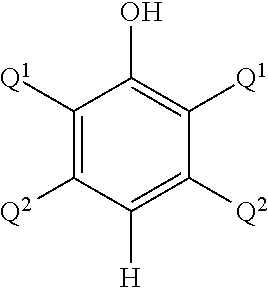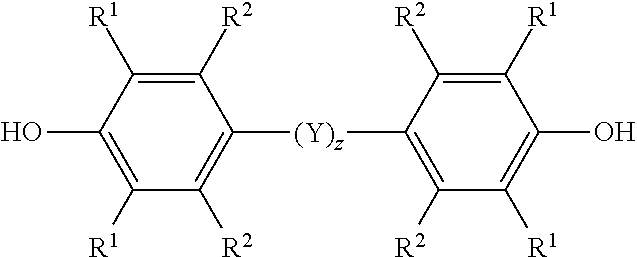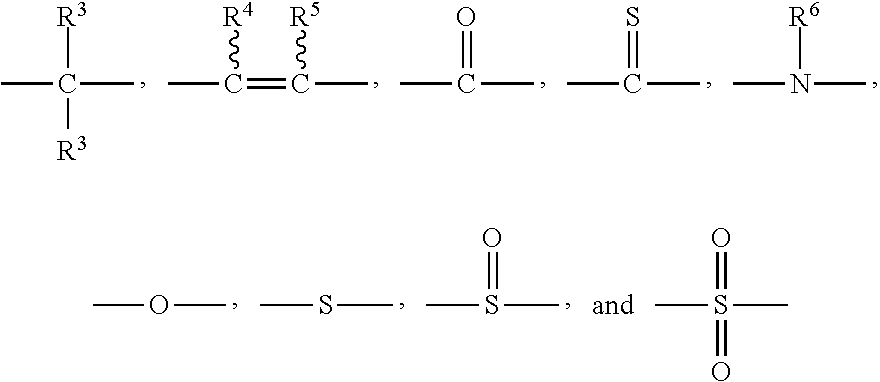Rigid foam and associated article
a technology of rigid foam and associated articles, applied in the field of rigid foam, can solve the problems of high production cost, high production cost, and complex family of polyurethane resins, and achieve the effect of reducing production cost and reducing production cos
- Summary
- Abstract
- Description
- Claims
- Application Information
AI Technical Summary
Benefits of technology
Problems solved by technology
Method used
Image
Examples
embodiment 1
[0036]A polyurethane or polyisocyanurate foam comprising the product of a reaction mixture comprising: a polyol comprising a poly(phenylene ether) having a number average molecular weight of 600 to 2000 atomic mass units and an average of 1.5 to 3 hydroxyl groups per molecule; an aromatic isocyanate compound having an average of at least 2 isocyanate groups per molecule; and a blowing agent; wherein the reaction mixture is characterized by an isocyanate index of 105 to 350; and wherein the polyurethane or polyisocyanurate foam has a core density of 0.03 to 0.7 gram / centimeter3.
embodiment 2
[0037]The polyurethane or polyisocyanurate foam of embodiment 1, wherein the poly(phenylene ether) is a copolymer of monomers comprising a monohydric phenol and a dihydric phenol.
embodiment 3
[0038]The polyurethane or polyisocyanurate foam of embodiment 2, wherein the monohydric phenol comprises 2,6-dimethylphenol and the dihydric phenol comprises 2,2-bis(3,5-dimethyl-4-hydroxyphenyl)propane.
PUM
| Property | Measurement | Unit |
|---|---|---|
| weight percent | aaaaa | aaaaa |
| weight percent | aaaaa | aaaaa |
| heat deflection temperature | aaaaa | aaaaa |
Abstract
Description
Claims
Application Information
 Login to View More
Login to View More - R&D
- Intellectual Property
- Life Sciences
- Materials
- Tech Scout
- Unparalleled Data Quality
- Higher Quality Content
- 60% Fewer Hallucinations
Browse by: Latest US Patents, China's latest patents, Technical Efficacy Thesaurus, Application Domain, Technology Topic, Popular Technical Reports.
© 2025 PatSnap. All rights reserved.Legal|Privacy policy|Modern Slavery Act Transparency Statement|Sitemap|About US| Contact US: help@patsnap.com



